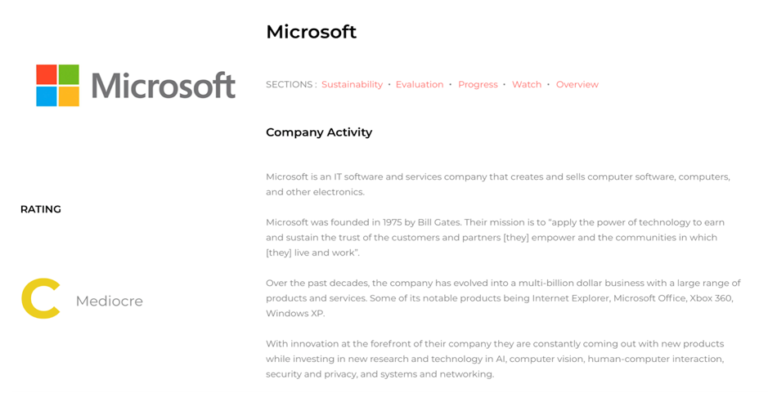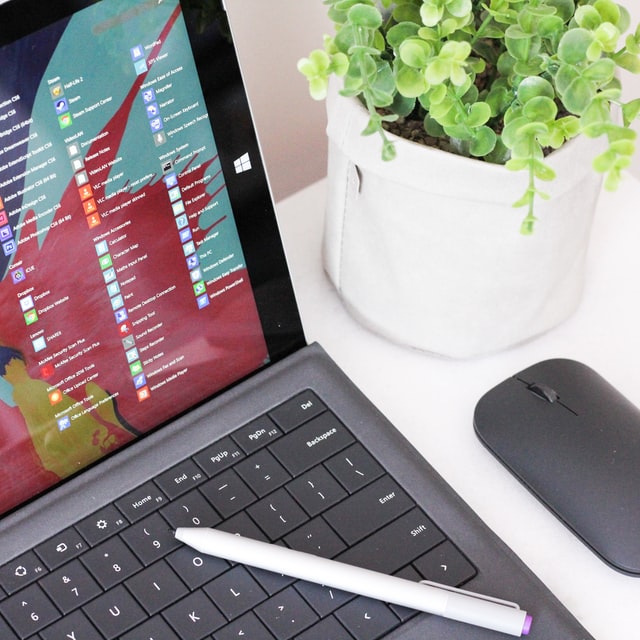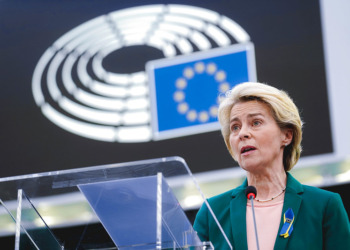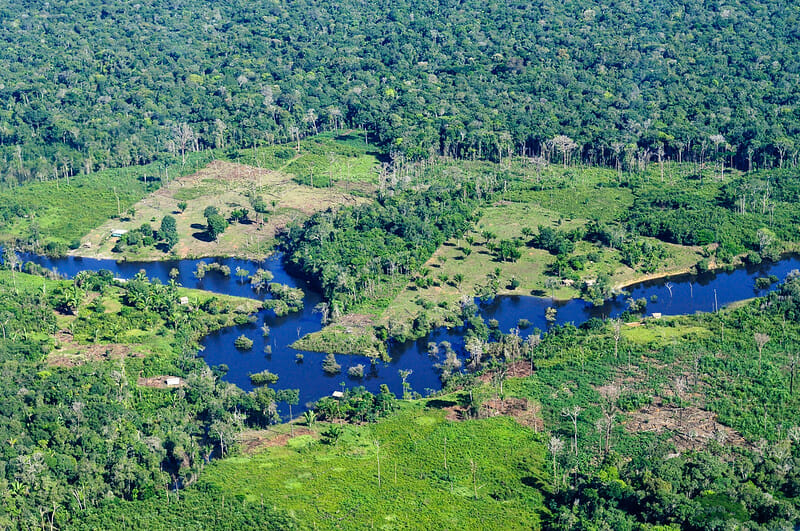It’s hard to imagine a professional or educational scenario where Word, Powerpoint, or Excel would not be applicable. Beyond these indispensable software programs, it is difficult to envision the gaming industry without the Xbox. Whether in the office, at school, or in the home, Microsoft has an omnipresent hold on all our daily lives. As with other tech-giants, Microsoft has an enormous impact on how society operates. However, what is often neglected to be considered, is the brand’s sustainability and overall impact on the natural world. How environmentally sustainable is Microsoft really?
Microsoft advertises their commitment to “empower every person and every organization on the planet to achieve more,” yet some research suggests the company may not be entirely aligned to this mission, especially when it comes to sustainability concerns.
In general, the tech industry has received a subpar rap for issues related to corporate governance, security, privacy, citizenship/employee activism, and workplace harassment. However, despite this pattern, Microsoft as a whole has remained accountable and well-trusted by the public. It has received several recognitions and awards for their corporate governance and social responsibility over the last few years, as the Reputation Institute named Microsoft the ‘most improved’ company amongst the top 10 tech companies worldwide in 2019.
Microsoft has accordingly soared in the sustainability realm as well. The company has been listed on the Dow Jones Sustainability Indices for over 10 years and has been officially carbon neutral since 2012. Moreover, Microsoft has very recently joined and founded groundbreaking environmental and climate initiatives.
At first glance, Microsoft’s sustainability protocols appear almost faultless. So why then, does the Impakter Sustainability Index rate Microsoft only a ‘mediocre’ company? A detailed breakdown of Microsoft’s environmental impact explains this disappointing rating.
As the Impakter report states, Microsoft has assigned itself ambitious goals for the future. They are indeed carbon neutral, but the company is not yet run by 100% renewable energy. Micorosoft has laid out specific goals for the next decade, including the goal to be carbon negative by 2030. In their 2020 Sustainability Report, Microsoft announces other promising targets, including 60K metric tons of waste being diverted from landfills and 1.3M metric tons of carbon removal procured over the last year.
These stats show Microsoft is heading in the right direction. However, the Index report also points out that the company tends to “focus on their carbon footprint including GHG emissions and waste management [but] they have less focus on biodiversity.”
However, Microsoft’s latest Sustainability Report says otherwise. The company has initiated a recent re-focus around ecosystem diversity and an improvement of their biodiversity impact.
The company has released its ecosystem-oriented goal to take responsibility for the impacts of their direct operations by protecting more land than they use by 2025. Microsoft has actively increased their voice regarding ‘ecosystem-related public policy issues’ by continually supporting and advocating for initiatives and organisations for ecosystem protection at local and international scales.
One example of such a partnership is Microsoft’s involvement with NOAA’s Alaska Fisheries Science Center and University of Washington – CICOES, which focuses on the provision of artificial intelligence (AI) tools to distinguish beluga whales’ calls from a dredging machine’s squeak. Technology such as this advances environmental scientists’ understanding of noise pollution, in relation to the recovery of endangered and declining oceanic populations. As a result of the data found, experts can further devise strategies to reduce the negative effects of human activity in the species’ habitats.
On the terrestrial side, Microsoft has also provided their AI to help calculate forestry inventories. Such inventories are essential tools for conservationists, governments, and landowners who seek to promote and protect environmental and social wellbeing. Therefore, completing them efficiently and effectively is crucial for conserving such complex ecosystems.
Additionally, Microsoft has specifically worked with SilviaTerra over the last two years to accelerate the company’s cutting-edge approach to precision forestry by radically increasing the scope, efficiency, and resolution of their forest inventories.
Lastly, covering Microsoft’s ambitious ecosystem plan would not be complete without the company’s plans for a Planetary Computer. The Planetary Computer aims to provide public access to the world’s critical environmental datasets, AI, and digital technology. Microsoft has acknowledged that this will take several years, and even then, “gaps may still exist”. However, Microsoft’s AI for Earth program team is confident it can be done with the right leadership.
An additional critique that the Index Report highlighted, is Microsoft’s apparent lack of sustainable products.
This criticism is well-justified as Microsoft conveys in their 2020 Devices Report that every device they produce is “at a minimum, designed to be compliant with all applicable legal requirements.” However, Microsoft has expressed their desire to push themselves to achieve higher standards in their production. These goals include to have 100% recyclable packaging and surface devices by 2030 as well as initiating a ‘pilot project’ to develop a new material that contains 10% ocean plastic.
Microsoft has also made an effort to amend the stereotypically high levels of planned obsolescence in the tech industry (iPhones, for example, are known to last as little as a year). Microsoft has accordingly designed devices that are “reliable, durable and made to last.”
Related Articles:
What is The EU Corporate Sustainability Reporting Directive? | The Pros and Cons of Emerging Technology in Our Food System | Two Juggernauts of Luxury, BMW vs. Mercedes – How Sustainable?
Going forward, the company has intended for their product manufacturing and design approach to focus on three main areas; carbon reduction, waste mitigation, and the extension of overall product lifetime.
That said, arguably Microsoft’s most effective sustainability approach has been their involvement with climate-related issues and organizations. As aforementioned, Microsoft has set the goal to be carbon negative by 2030. This target is certainly ambitious. And seeing as they “don’t yet have all the answers for how they’ll get there,” the progress thus far looks very promising.
Just one week ago, Microsoft pioneered the Green Software Foundation, a nonprofit established with the Linux Foundation to reduce carbon emissions caused by software development. Microsoft has expressed their focus on climate mitigation in all parts of their operations, as shown in the progress section of SDG 13 (climate action) in their comprehensive SDG Report. Additionally, Microsoft has become an official signatory for the internationally recognised Climate Pledge.
The question remains: is Microsoft doing enough?
Well, in the words of Microsoft themselves, “the answer is simple: no.” Microsoft has been honing in on sustainability for over a decade and has no doubt made some impressive headway. This includes their pledging of AI technology to various ecosystem protection initiatives, revealing their commitment and care for the environment. Undoubtedly, their climate involvement is admirable and certainly leads by example for others to follow within the tech industry.
Despite this, their regard for materials and production processes still requires attention and innovative solutions in order to become 100% sustainable.
Moreover, Microsoft still lacks key certifications, such as LEED in many of their production sites. Lastly, several components of Microsoft’s plans/protocols are indeed still in a large remodeling/reforming stage. For these reasons, a C grading for the company’s work at present is valid.
But the Impakter Index team’s positive outlook for Microsoft tells us a more complex story. Indeed, Microsoft’s track record shows they are a force to be reckoned with when it comes to improving and achieving goals. It could very well be that Microsoft is fast approaching the qualifications for a B rating on the Impakter Sustainability Index within the next few years. Thus, Microsoft is definitely one to watch out for in the sustainability game.
Editor’s Note: The opinions expressed here by Impakter.com columnists or contributors are their own, not those of Impakter.com. — In the Featured Photo: Microsoft storefront and surface advertisement. Featured Photo Credit: Andrew M












